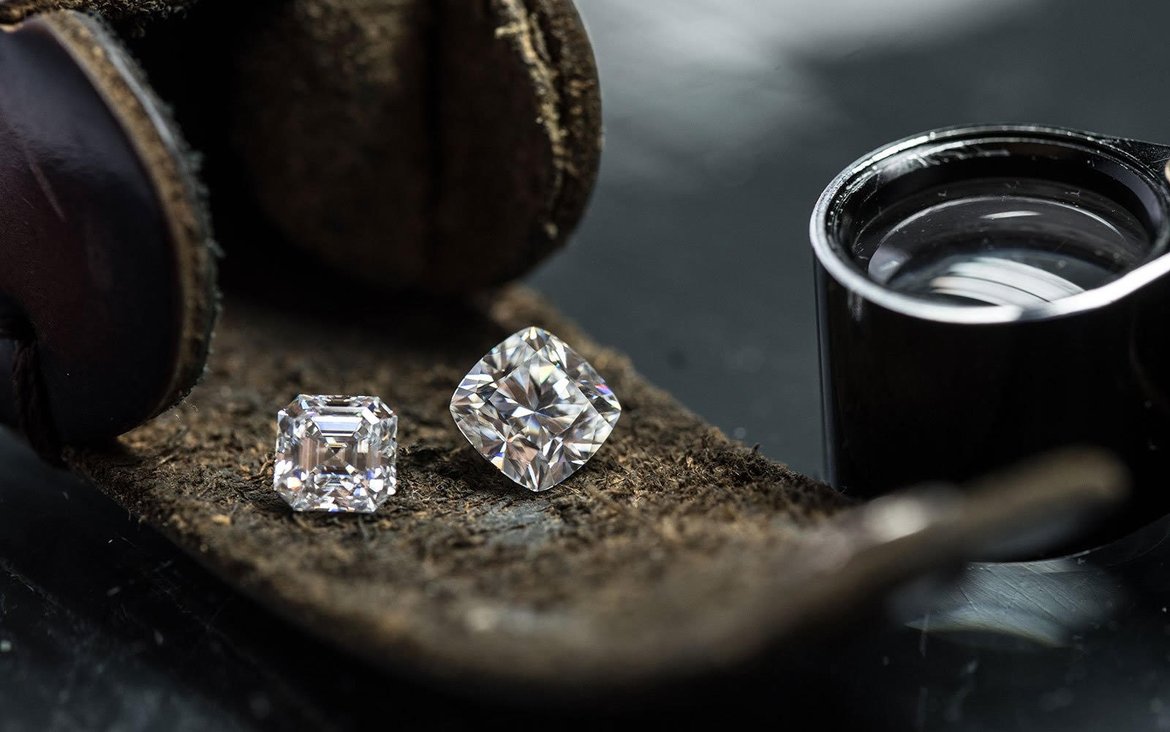In recent years, the diamond industry has experienced a significant shift largely due to the introduction of lab-made diamonds. While traditionally mined diamonds have held a long-standing allure, lab diamonds vs real diamonds are increasingly gaining popularity for various reasons. This article explores the differences, benefits, and challenges of lab diamonds versus real (naturally mined) diamonds to help consumers make informed decisions.
What Are Lab Diamonds?
Lab diamonds, also known as synthetic or cultured diamonds, are created in controlled environments using advanced technological processes. These diamonds are chemically, physically, and optically identical to natural diamonds, as both are made of carbon atoms arranged in a crystal structure. The two primary methods for creating lab diamonds are High-Pressure High-Temperature (HPHT) and Chemical Vapor Deposition (CVD).
In the HPHT method, conditions are created that mimic those under which diamonds form in the Earth’s mantle. Carbon is subjected to high pressure and temperature, resulting in diamond crystallization. Alternatively, the CVD method uses carbon-rich gas in a vacuum chamber. The gas breaks down, depositing carbon atoms onto a substrate, gradually forming diamond layers.
Real Diamonds: The Traditional Choice
Real diamonds are formed naturally over millions of years deep within the Earth’s crust. The journey of a natural diamond begins with carbon subjected to intense heat and pressure. This lengthy and complex process contributes to the unique characteristics of each diamond, including its inclusions, color, and overall rarity.
Key Differences Between Lab Diamonds and Real Diamonds
The primary distinction between lab diamonds and real diamonds lies in their origin. Lab diamonds are created in a lab using technology, while real diamonds are mined from the Earth over millions of years. In terms of cost, lab diamonds are generally 20-40% cheaper than their natural counterparts. This difference in pricing stems from the rarity of natural diamonds and the costs associated with mining, transporting, and processing them.
Another significant aspect is the environmental impact. Lab diamonds are considered more environmentally friendly since they do not require extensive mining operations. In contrast, the mining of real diamonds can lead to substantial environmental degradation, including habitat destruction and carbon emissions.
When it comes to ethical considerations, lab diamonds are often marketed as conflict-free, alleviating concerns about human rights abuses associated with diamond mining in certain regions. On the other hand, the diamond trade has been linked to conflict financing, prompting initiatives aimed at ensuring ethical sourcing, such as the Kimberley Process.
Finally, the resale value of lab diamonds tends to be lower compared to natural diamonds due to market perception and demand. Real diamonds, on the other hand, typically retain their value better and can be considered a long-term investment.
Benefits of Lab Diamonds
Lab diamonds offer several advantages that appeal to modern consumers. One of the most compelling reasons for their growing popularity is affordability. Because they are produced in controlled environments, lab diamonds can be significantly less expensive than natural diamonds. This affordability allows consumers to purchase larger or higher-quality stones for the same budget.
Another benefit is the ability to customize lab diamonds to suit individual preferences. Consumers can choose the size, shape, and specific characteristics of their diamonds, resulting in a personalized piece that meets their exact desires.
Additionally, lab diamonds are often perceived as more socially responsible. Consumers increasingly prioritize sustainability and ethical sourcing in their purchasing decisions. The assurance that lab diamonds are conflict-free and have a lower environmental impact resonates with a growing demographic of eco-conscious buyers.
Challenges and Misconceptions
Despite their advantages, lab diamonds face certain challenges and misconceptions. One common concern is the perceived lack of uniqueness. Some consumers believe that lab diamonds are less special because they are created in a factory setting. However, lab diamonds possess their own distinct beauty and characteristics, often comparable to natural diamonds.
Another misconception is that lab diamonds may not have the same prestige as real diamonds. While they may not carry the same historical significance, lab diamonds are increasingly recognized for their quality and beauty. As awareness grows, the stigma associated with lab diamonds continues to diminish.
Conclusion
In conclusion, the choice between lab made diamonds and real diamonds ultimately depends on individual preferences, values, and priorities. Lab diamonds offer an affordable, customizable, and socially responsible alternative to traditional mined diamonds. As consumers become more informed about the differences and benefits of each type, the diamond industry will likely continue to evolve, reflecting the changing attitudes toward luxury, ethics, and sustainability. Whether one chooses a lab-made diamond or a natural stone, both options provide beautiful and meaningful symbols of love and commitment.





